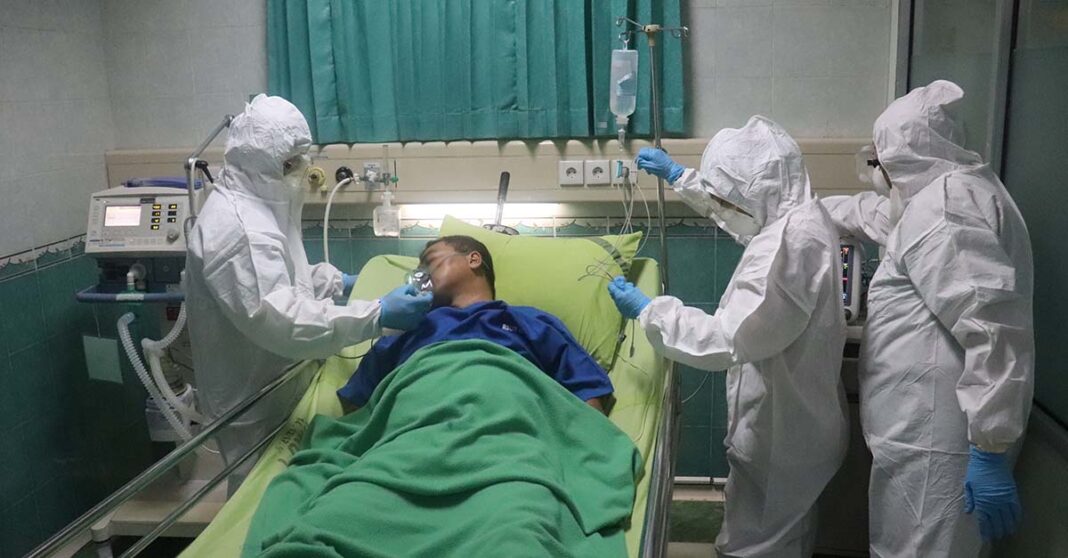Some 85 percent of deaths attributed to Covid-19 in Laos have included unvaccinated persons, according to health officials.
Dr. Bouaphan Khamphaphongphone, Deputy Director-General of the National Centre for Laboratory and Epidemiology (NCLE), made the statement during an announcement by the National Taskforce for Covid-19 Prevention and Control today regarding the spread of the virus in Laos.
Health officials have noted that while Laos had long experienced a relatively low mortality rate since the pandemic began – with no deaths at all during 2020 – the situation has changed.
The country recorded its first death in May this year as it moved into its second wave of Covid-19, with authorities stating that new strains of the virus would be particularly dangerous for elderly people and those with underlying conditions.
The number of deaths gradually rose to 16 by early September, remaining at this number for most of the month.
Deaths became a daily occurrence this month, however, following outbreaks in factories in Vientiane Capital and the spread of the virus between provinces by attendees of funerals and other events.
The number of Covid deaths has now reached 35, climbing rapidly over the past fourteen days, despite lockdowns in the nation’s capital and several other provinces, with the majority of deaths recorded in Vientiane Capital and Savannakhet Province.
But the National Taskforce maintains that 85 percent of deaths have occurred among the unvaccinated, with approximately half of these including patients with underlying medical conditions such as diabetes, kidney disease, and hypertension.
The oldest person to die from Covid-19 in Laos was an 84-year-old man, while the youngest recorded death was a 23-year-old woman.
The Lao government aims to vaccinate 50 percent of its population by the end of 2021, however, a reliance on donated vaccines through the COVAX facility and from friendly nations has made for an unsteady supply.
First dose vaccinations across the country have now reached 41.84% of the population, with full doses reaching just 30.75% of the population as the end of the year draws closer.



